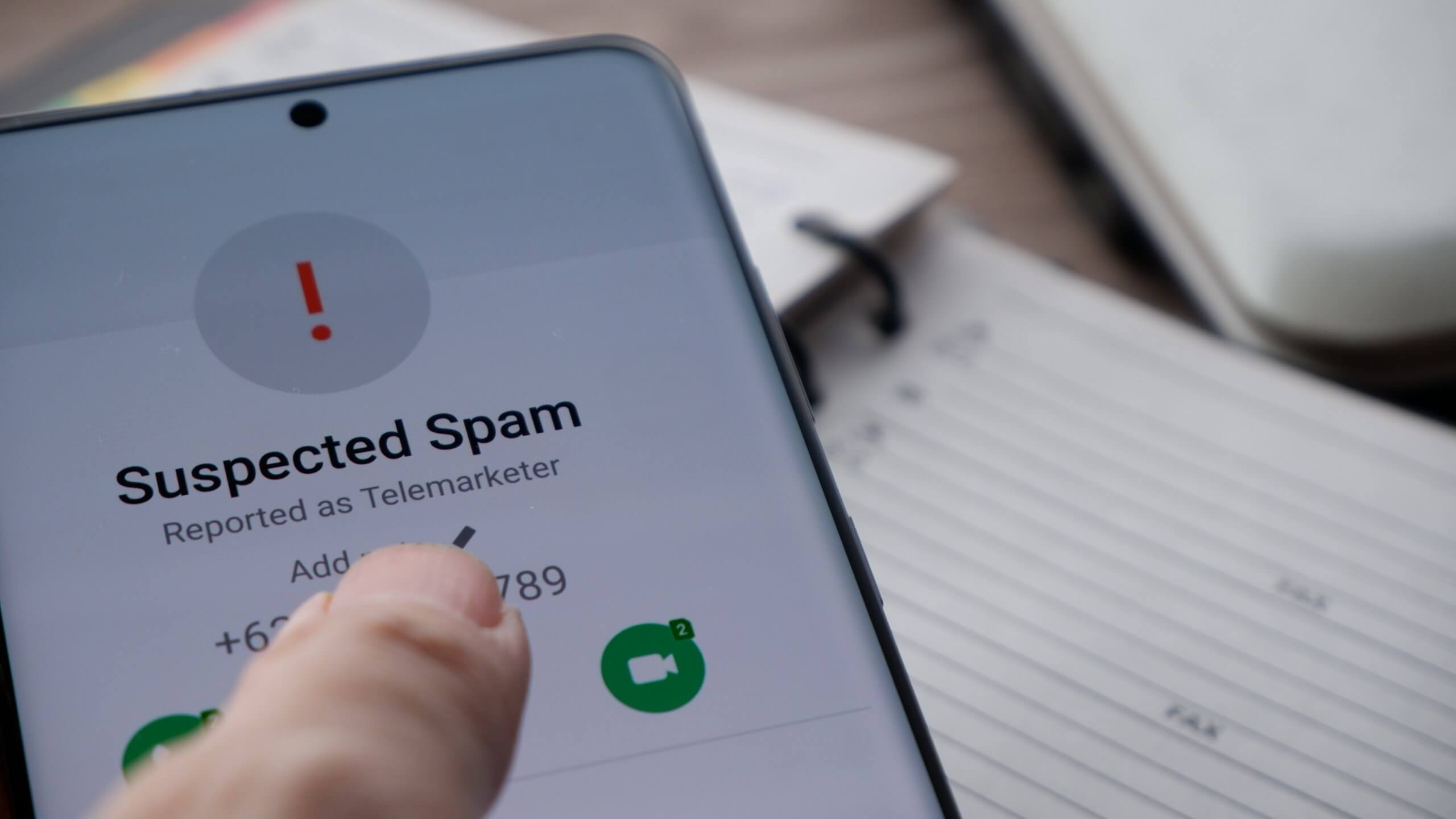
It’s no secret that over the past couple of years, email threats targeting enterprises have really exploded as bad actors rode the wave of stay-at-home orders, and the exposed nature of work devices then. But how does email phishing stack up against the classic enterprise shakedown — scam calls?
Well when it comes to email ‘social engineering campaigns, the most basic and easily-recognizable attempts follow a scenario where an individual, usually from somewhere distant enough not be in person, has come into money, and needs someone (you) to help manage it for a chunk. While these kinds of scams are easy to spot for most people — they’re usually poorly written and are far too good to be true– as data payloads continue to get richer, cyber attackers are getting smarter in their approaches.
Con artists are scraping LinkedIn to disguise themselves as company CEOs or finance chiefs and identifying individual targets within organizations based on freely available information. They are leveraging individuals’ anxiety and distractedness around current events, like the coronavirus; Google said it was blocking more than 100 million phishing emails a day at the height of the pandemic, with almost a fifth being scam emails related to the virus.
Meanwhile in the US, three in five Americans have lost money due to automated scam calls, with 4.1 billion of those occurring in August 2021 alone. These happen at an…






